China
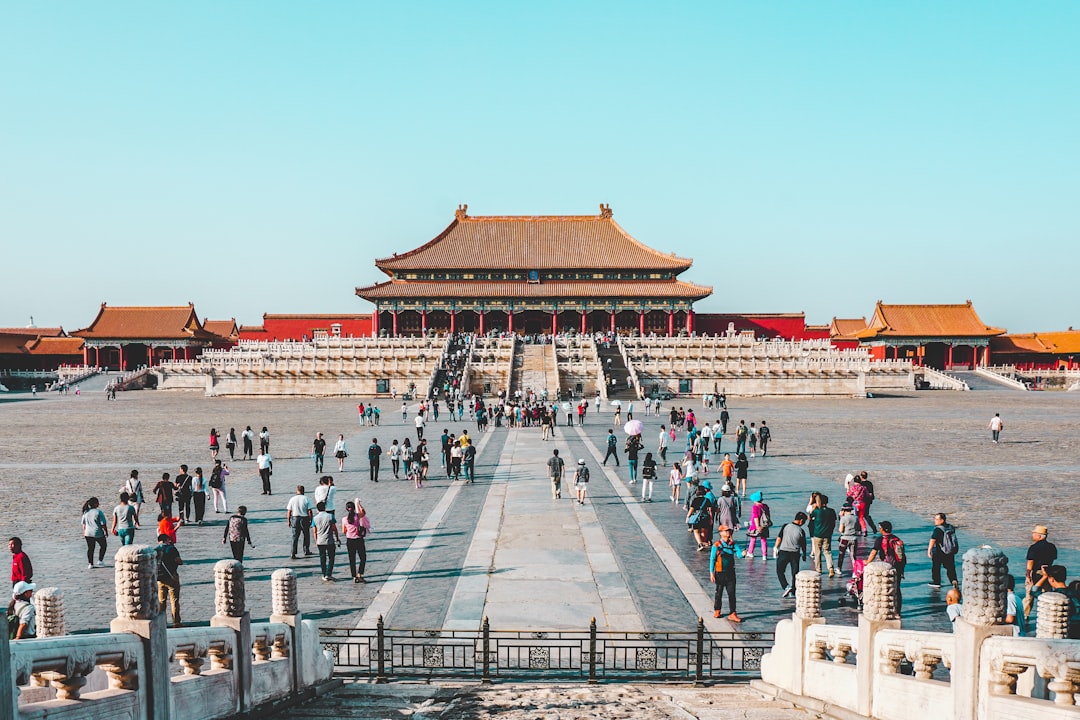
China has become increasingly cautious about permitting international visitors, especially in the wake of the recent health crises and ongoing global tensions. Since the pandemic, China has maintained some of the world’s strictest entry policies, including mandatory quarantines, health monitoring, and regular surveillance at all points of entry. By 2025, official reports from the China National Tourism Administration show that foreign tourist arrivals have dropped by more than 70% compared to pre-pandemic years. The government has justified these measures by citing the need to prevent the spread of infectious diseases and to safeguard national security. While business travelers and diplomats are still allowed entry under special conditions, general tourism remains heavily restricted. There is growing anxiety among the travel community about sudden changes in policy, especially as China has previously implemented abrupt border closures. Geopolitical tensions, including trade disputes and regional conflicts, have further contributed to the sense of uncertainty. Most experts now believe that China could fully close its borders to non-essential visitors if new health threats or diplomatic incidents emerge.
Russia
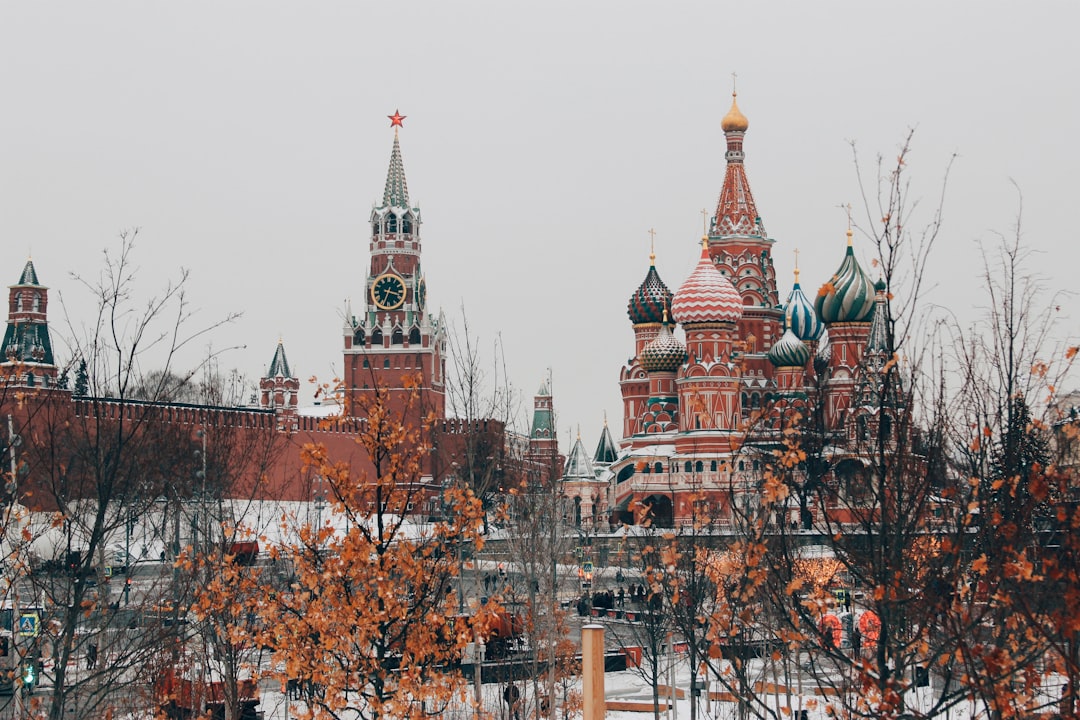
Russia is another nation on the verge of becoming inaccessible to most foreign visitors due to its ongoing geopolitical isolation and domestic security measures. Following the escalation of conflicts and the imposition of international sanctions, the Russian government has tightened its visa policies and increased scrutiny at border crossings. According to data from the International Air Transport Association, inbound tourism to Russia has dropped by 60% since 2022. Many Western countries have issued strong travel advisories, warning of arbitrary detainment, a lack of consular support, and unpredictable changes in local laws. Russian authorities have also begun restricting the issuance of tourist visas, citing security concerns. The tourism industry has been hit hard, with many smaller businesses closing or shifting their focus to domestic travelers. In some cases, visitors have reported being questioned about their activities and affiliations. As the conflict in Ukraine continues and economic conditions remain unstable, Russia seems likely to further curtail access for foreign tourists.
Afghanistan
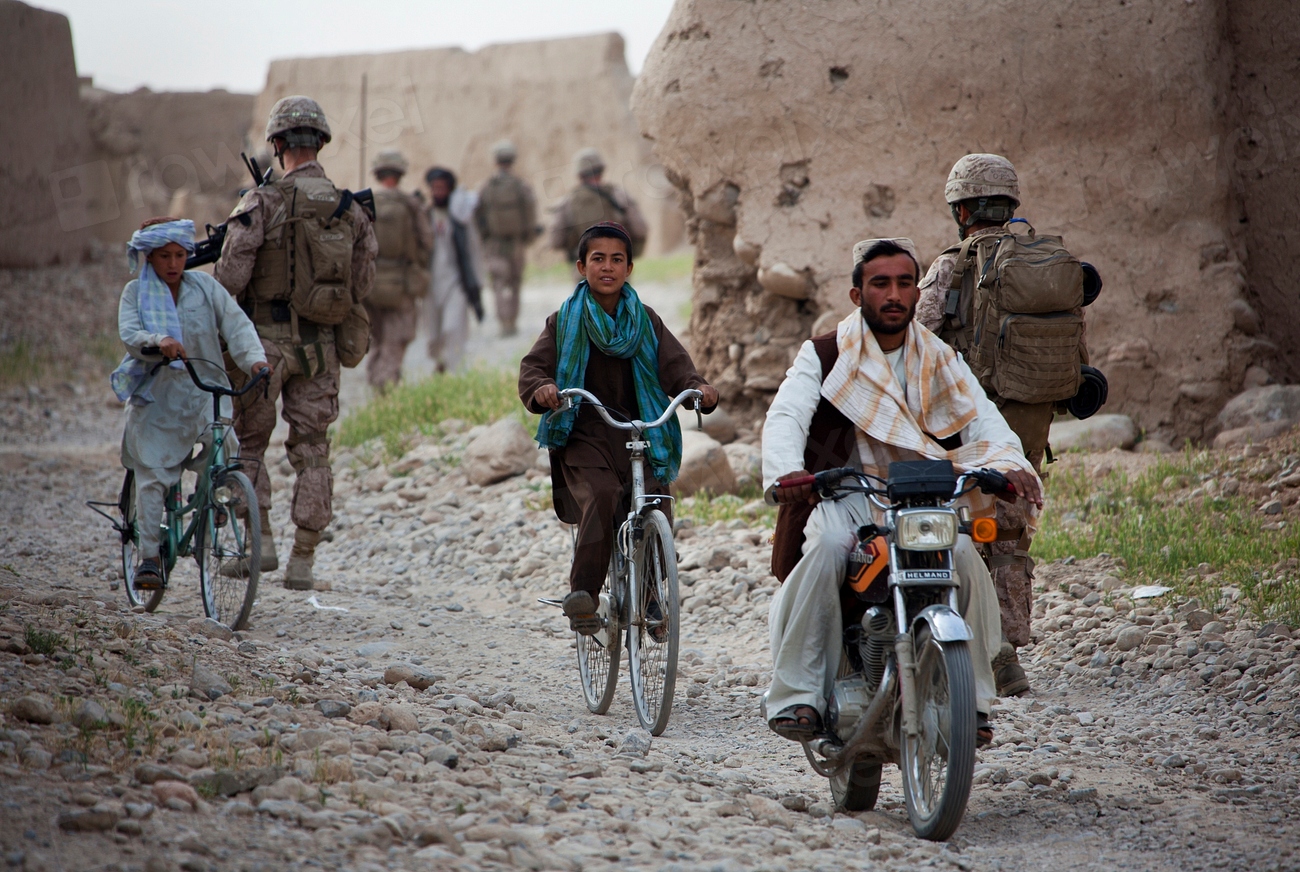
Afghanistan has become one of the world’s most difficult and dangerous countries to visit, with nearly all governments advising against travel there. Since the Taliban regained control, the country’s already fragile security situation has deteriorated even further, resulting in widespread violence and instability. Human Rights Watch and the U.S. Department of State both report that international arrivals have virtually ceased, with embassies closed and commercial flights extremely limited. The lack of basic infrastructure, frequent attacks, and rampant crime make any form of tourism nearly impossible. Humanitarian agencies have highlighted severe shortages of food, medicine, and other essentials, often making it dangerous even for aid workers to enter. The risks of kidnapping and arbitrary detention are also high. Most travel insurance no longer covers trips to Afghanistan, reflecting the unprecedented level of danger. With the situation showing no signs of improvement, Afghanistan is likely to remain closed off to all but essential personnel.
North Korea
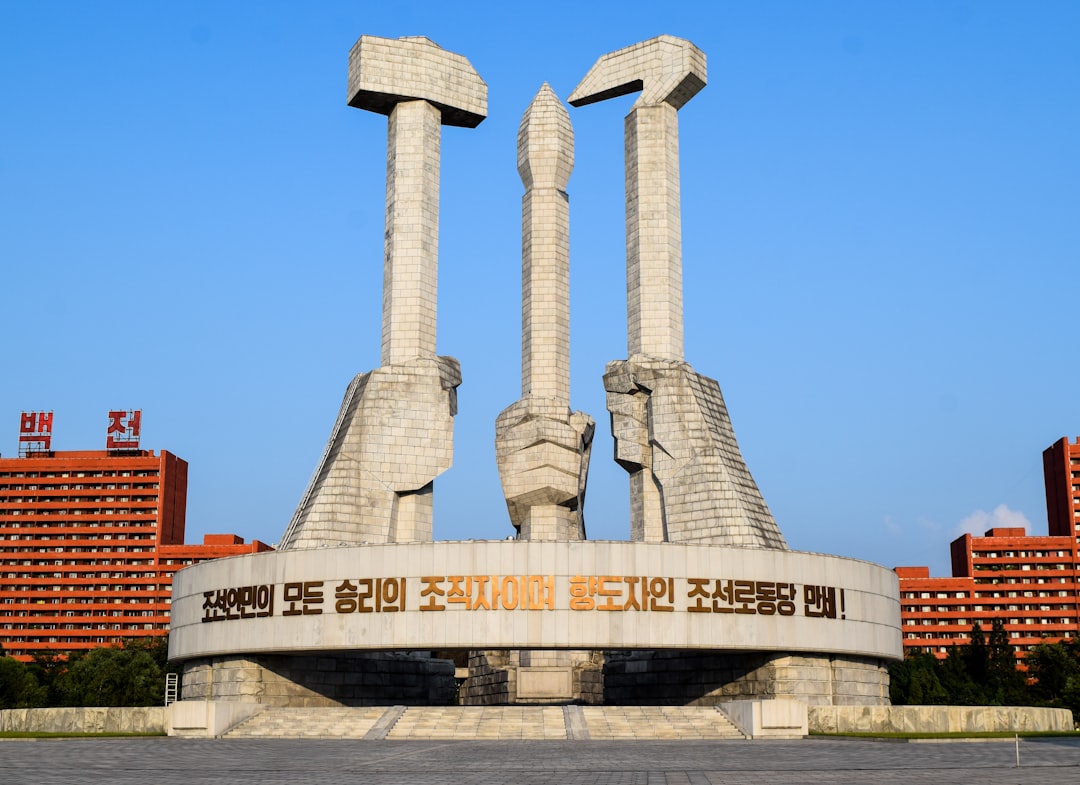
North Korea has always been one of the world’s most reclusive nations, but since 2020, it has taken its isolation to new extremes. In response to the global pandemic and diplomatic tensions, the government has completely halted all foreign tourism, with no indication of when restrictions might be lifted. According to BBC News and the Korean Central News Agency, even tightly controlled group tours from China have been suspended indefinitely. The regime enforces harsh penalties for unauthorized entry, including imprisonment and forced labor. There is also almost no communication with the outside world, making it difficult for travelers to get reliable information or support. Political tensions, ongoing sanctions, and the threat of military escalation have made the country even less accessible. Some reports suggest that North Korean authorities view foreign visitors as security risks or potential sources of infection. Until there are significant political changes, North Korea is expected to remain almost completely closed to outsiders.
Venezuela
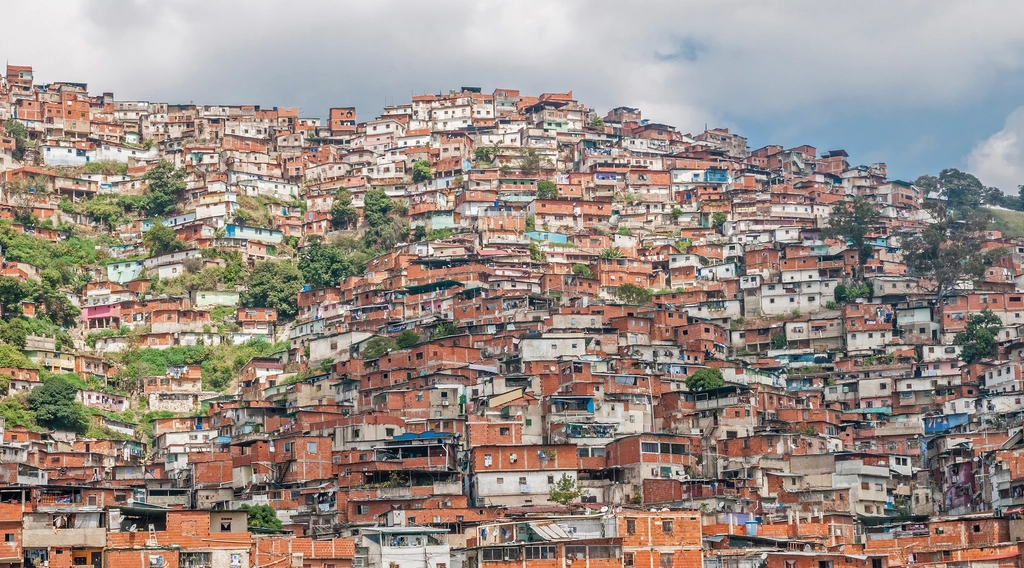
Venezuela continues to spiral into economic and political chaos, making it one of the most dangerous and difficult countries for travelers in 2025. The tourism infrastructure has all but collapsed, with hotels closing, flights being canceled, and basic services unavailable in many areas. According to Amnesty International and the U.S. Department of State, foreign arrivals have dropped by more than 80% in the past five years. Violent crime, hyperinflation, and frequent power outages are daily realities for both locals and visitors. Border controls have become stricter, with authorities often turning foreigners away or detaining them for questioning. Civil unrest and protests routinely shut down transportation and public services, making travel unpredictable at best. The risk of being caught in violence or being unable to access medical care is extremely high. For these reasons, Venezuela is on track to become even more inaccessible to tourists in the near future.
Syria

Syria remains in the throes of a prolonged and brutal civil war that has devastated its cities and displaced millions of people. Travel warnings from the United Nations and the International Committee of the Red Cross highlight extreme dangers, including bombings, kidnappings, and frequent clashes between armed groups. The tourism industry, once thriving in cities like Damascus and Aleppo, has been almost entirely destroyed, with international arrivals reduced to virtually zero. Infrastructure for visitors—hotels, restaurants, and transportation—has largely ceased to function. Most countries have closed their embassies in Syria, making consular assistance impossible for anyone who enters. Humanitarian organizations emphasize the lack of medical services and the widespread threat of disease. The country’s borders are tightly controlled, with entry only possible through special humanitarian corridors. For the foreseeable future, Syria will remain off-limits to most travelers.
Iran
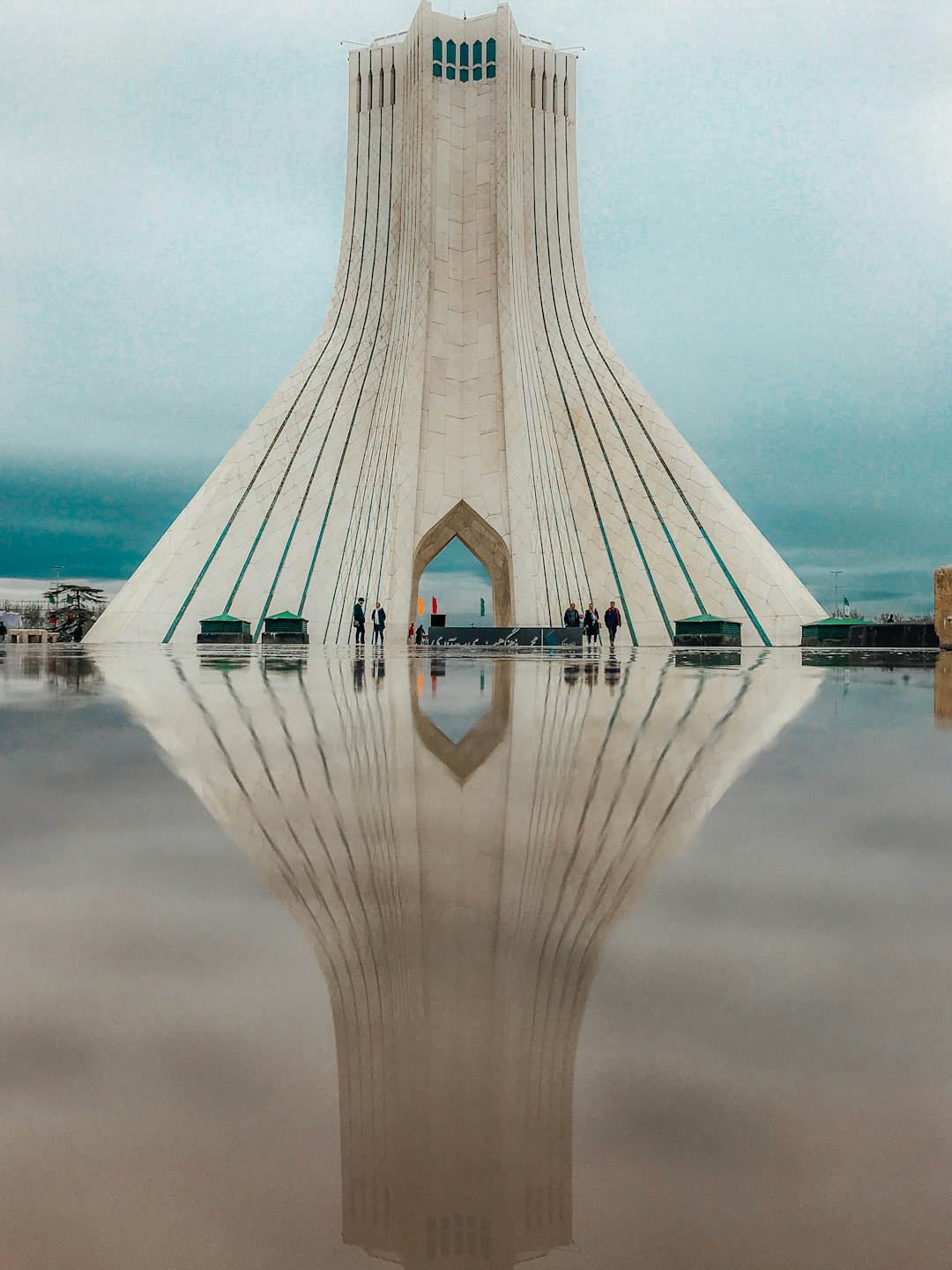
Iran’s increasingly tense relationship with the West, compounded by expanding sanctions and internal crackdowns, has made it a risky destination for foreign tourists. The number of international arrivals has fallen by more than 50%, according to government statistics and travel industry reports. Visa issuance is now highly selective, and Iranian authorities have increased the monitoring of foreigners, especially journalists and dual nationals. The U.S. Department of State and other foreign offices have issued strong warnings about the risk of arbitrary detention and the potential for political unrest. Access to banking services is extremely limited, and sanctions have made travel logistics complicated. Protests and demonstrations are common, often resulting in sudden curfews and transportation shutdowns. The government has also threatened to close borders in response to perceived external threats. These factors have led many travelers to avoid Iran, fearing sudden policy changes or legal trouble.
Myanmar

Myanmar has experienced relentless turmoil since the military coup in 2021, with widespread violence, curfews, and restrictions on movement. The United Nations and Human Rights Watch warn that the situation remains highly unstable, with arbitrary arrests, roadblocks, and ethnic conflicts making travel dangerous. International arrivals have dropped by more than 70%, and most reputable tour operators have suspended operations indefinitely. The country’s airports are often closed with little notice, and land borders are tightly controlled by both military and ethnic groups. Access to medical care and basic services is unreliable outside the main cities. The military regime has cracked down on dissent, making it risky for foreigners to be seen interacting with local activists or journalists. Humanitarian crises, including food shortages and mass displacement, have made conditions even more unpredictable. Most governments now advise against all but essential travel, and Myanmar appears poised to restrict tourism even further.
Ethiopia

Ethiopia has seen a sharp rise in internal conflicts, particularly in the Tigray region, leading to widespread humanitarian crises and security concerns. Travel advisories from Amnesty International and the U.S. Department of State warn of violence, civil unrest, and frequent roadblocks. The tourism industry, once a growing part of the economy, has suffered significant losses, with many hotels and tour companies shutting down. International arrivals have plummeted, and border crossings are often closed with little warning. The government has imposed curfews and restricted movement in response to outbreaks of violence. Access to healthcare and emergency services is limited in many areas, increasing the risks for travelers. Ongoing ethnic tensions and displacement of millions have made the situation even more volatile. With no end in sight to the conflict, Ethiopia is becoming less accessible to international visitors.
Haiti
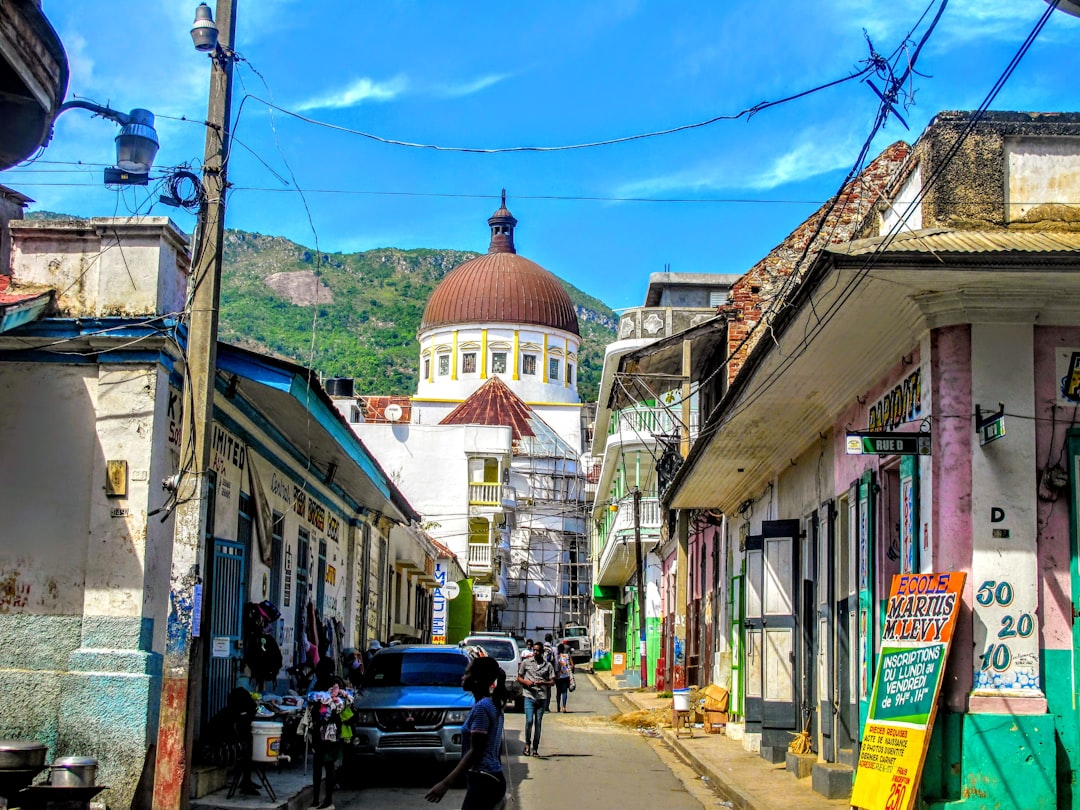
Haiti has faced relentless instability, marked by gang violence, political upheaval, and natural disasters. The U.S. Department of State and Human Rights Watch have issued the highest level of travel warnings, citing risks of kidnapping, violent crime, and lack of reliable medical care. The tourism infrastructure has collapsed, with international arrivals dropping to record lows and many hotels closing permanently. Power outages, fuel shortages, and blocked roads frequently disrupt daily life. Foreign embassies have scaled back or suspended their operations, making consular support nearly impossible for visitors. Humanitarian organizations report that the majority of the population lacks access to food and clean water. Civil unrest is widespread, with protests and clashes occurring on a regular basis. These conditions make Haiti one of the least accessible countries for tourists in 2025.








